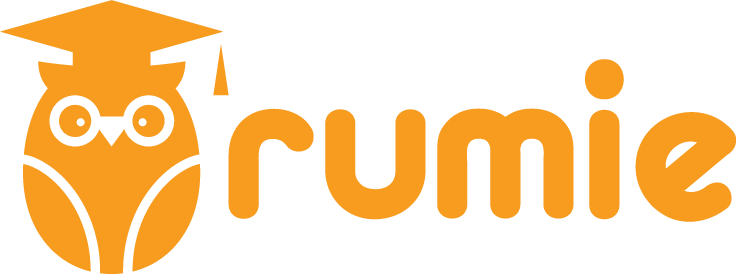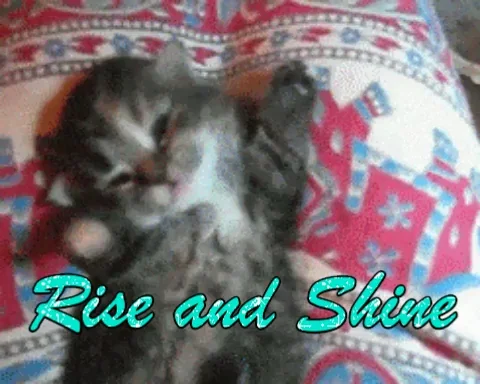
You open your door and walk into the classroom, ready for another day of teaching today’s youth. You wonder what kind of day it will be.
Have you ever had students get distracted or not pay attention when you’re trying to teach a lesson? Or are they constantly interrupting you? Or maybe you’ve asked the class a question only to hear crickets? We’ve all been there.

But what if there was a better way? Using facilitation techniques can help make your day run smoother and make learning more engaging for your students.
Facilitation Techniques Are A Teacher's Best Friend
Great news! Facilitation techniques help teachers teach better and students learn better. It's a win-win.

 Benefits for Teachers:
Benefits for Teachers:
Shared responsibility for learning
More engaging lessons with better participation
Get a better sense of what your students know/don’t know, how they think, think and what they find interesting
 Benefits for Students:
Benefits for Students:
Play an active role in their learning by sharing their knowledge, opinions, and ideas
More motivated to learn since they're engaged
Deeper understanding of concepts and skills taught, including problem-solving and critical thinking skills
Making Learning Possible Through Facillitation
Rather than being the only source of knowledge in the classroom, facilitation is all about finding ways to support your students through the learning process. Think of yourself as more of a coach or guide than a lecturer. Your goal is to get the kids involved so that learning is deeper and more engaging.
Here's what a teacher has to say about the value of facilitation techniques for her students:
Set The Tone With Your Classroom Set-Up
Any good teacher or facilitator knows that the physical environment plays a big role in learning. A smart one knows how to use the space to their advantage. Learning is a lot easier when you feel comfortable, safe, and included.
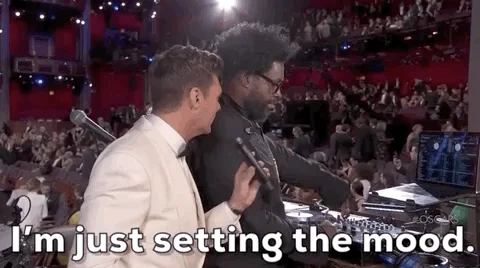
Students learn better with...
Adaptable learning spaces and flexible seating. -Have different seating options and all kinds of areas in your classroom (e.g, a gathering/sharing space, areas for collaborative group work, individual work spaces, etc.)
Meaningful classroom decor. Anchor charts and visual aids act as good reminders for students while they are working and learning. Displaying your Class Contract/Expectations and student work also shows students that they're important members of the class.
Organized materials. Less time looking for supplies and books means more time on learning (e.g., labelled bins for storing notebooks/folders for each subject).
Quiz
How can you facilitate a classroom environment that enhances learning? Check all that apply:
Facilitating Discussions & Active Listening Techniques
Facilitating class discussions is a great way to increase student participation and engagement. Kids have lots of thoughts, opinions, and ideas — give them opportunities to use their voice.
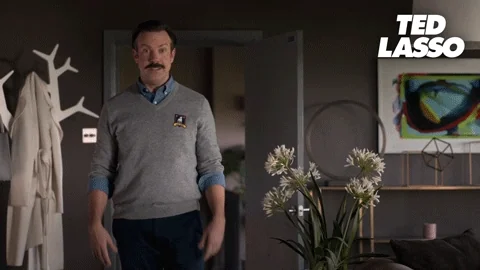
Here are some tips for facilitating conversations:
Reduce teacher talk time to allow more time for students to talk.
Give everyone the chance to participate. Using strategies like Think-Pair-Share can feel less scary for your shyer students.
Ask open-ended questions to expand student thinking.
Use sentence stems to teach students how to keep the conversation going
(learn more about sentence stems and other discussion strategies from Ditch That Textbook).
Quiz
Which of the following are open-ended questions? Select all that apply:
Facilitation Techniques In Action
Now that you know why facilitation techniques are important, let's take a closer look at some real-life examples of how you can use them in your elementary classroom.
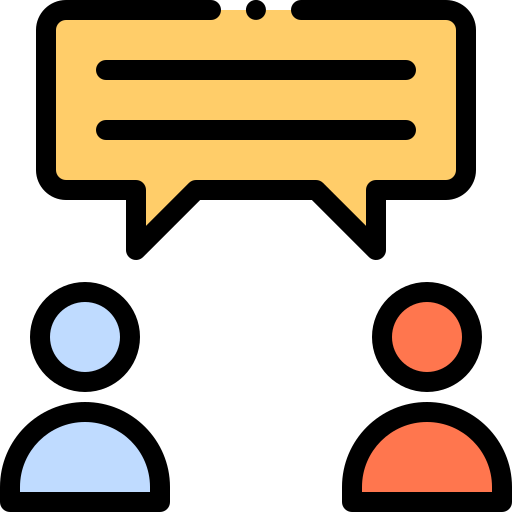 Example 1: Think-Pair-Share
Example 1: Think-Pair-Share
There are different ways you can facilitate a Think-Pair-Share. Here's an example of one you could use in a language lesson.
Present the prompt/question with the class and let them know you're going to do a "Think-Pair-Share".
Ex: "Who was your favourite/least favourite character in the book and why?"
Give students a minute to think on their own. Encourage students to jot down key words/phrases or pictures in their notebooks or on a sticky note so they won't forget when it's time to share.
Give them two minutes to talk with their "elbow partner" about their answers to the discussion question. They might also need a reminder about staying on task and not talking too loudly during this stage.
Start the class discussion by having each pair share something they and their partner talked about. As the teacher and discussion facilitator, you can build on their responses, ask follow up questions and encourage students to make connections to other people's answers.
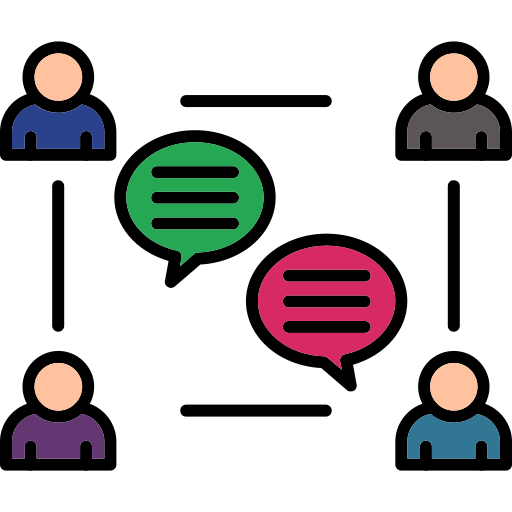 Example 2: Which One Doesn't Belong?/Four Corners
Example 2: Which One Doesn't Belong?/Four Corners
This is a great activity to use at the beginning of a math lesson to spark student thinking and class discussions. Which One Doesn't Belong? is a visual prompt for math topics and allows students to explain their reasoning. Since there's no one right answer, students are encouraged to think outside-of-the-box and explore different perspectives.
Choose a picture from Which One Doesn't Belong? and present it to the class.
Ask students to choose one of the pictures/answers and think of reasons why they picked that one. While you can have students do this on paper, I find it helpful to do it using Four Corners to make it more fun and give the kids a chance to move around.
Assign each corner of the room with a different response and have students go to the corner/answer they chose. Give students a few minutes to talk with the other people in their corner about the reasons for their choice.
Ask for student volunteers from each corner to share their reasoning with the class.
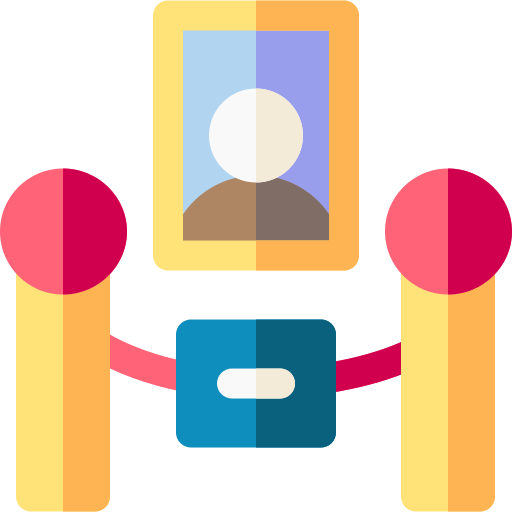 Example 3: Gallery Walk
Example 3: Gallery Walk
A Gallery Walk at the end of a lesson is an interactive way for students to share what they did/learn and give feedback to each other.
Divide your class into small groups to work on a task or solve a problem. Give each group a large chart paper to show their work.
When everyone's done, hang up each group's work around the classroom.
Take turns visiting each group's work. Group members present their answer to the class. Then the teacher and other students can ask questions or say what they liked about it.
Take Action
Time to put these facilitation techniques to good use!
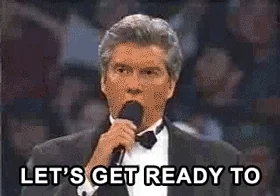
Your feedback matters to us.
This Byte helped me better understand the topic.
